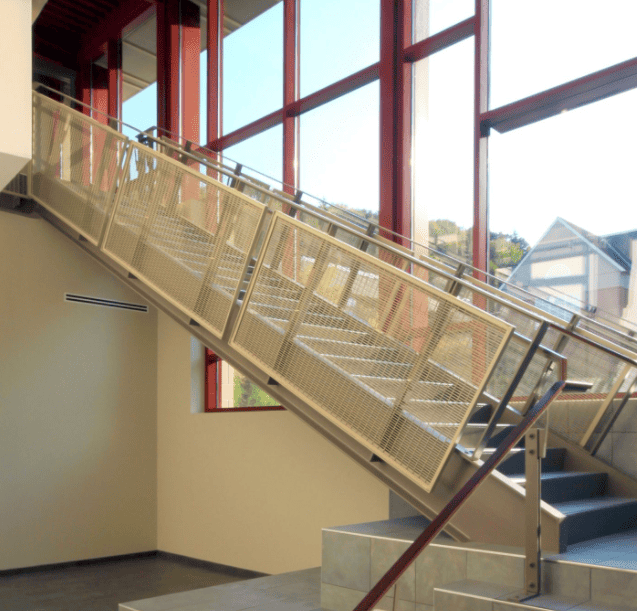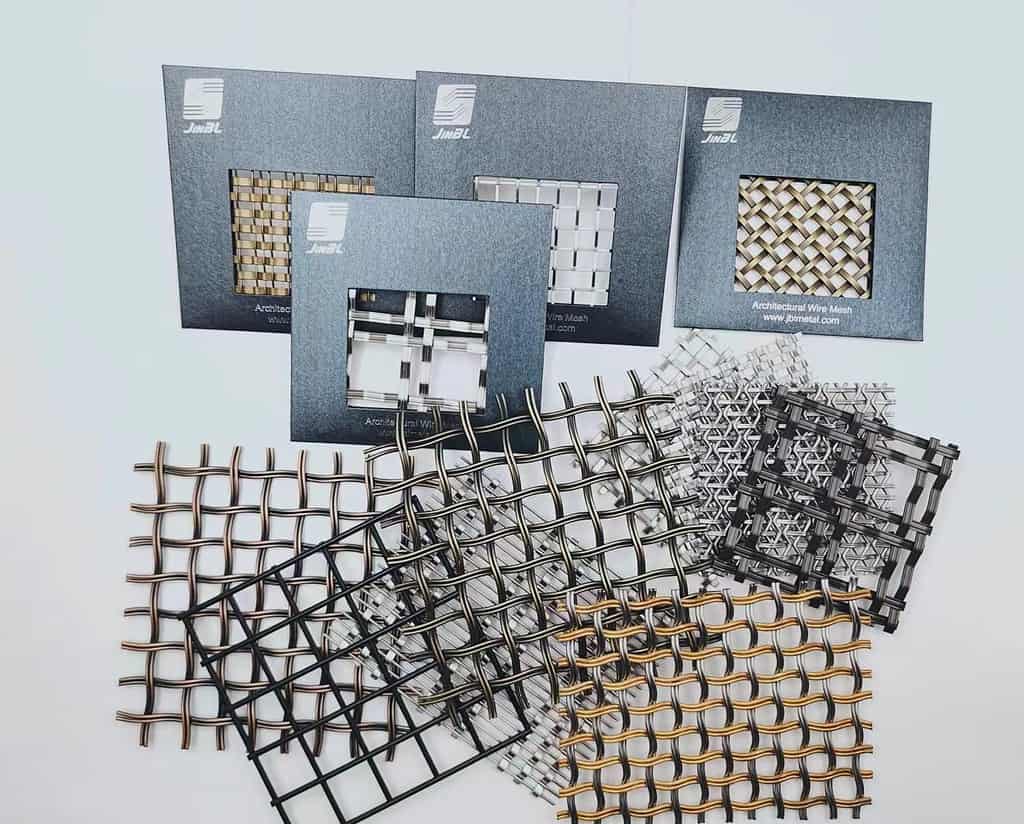Introduction to Architectural Mesh
Before diving into the benefits of incorporating architectural mesh into exterior design, it is important to first understand what this material is. Architectural mesh is a type of metal mesh that can be used in a wide range of architectural and design applications, from exterior cladding to sunshades and decorative features. It is typically made from stainless steel or aluminum, and can be customized in terms of pattern, size, and finish to meet the specific needs of a project.
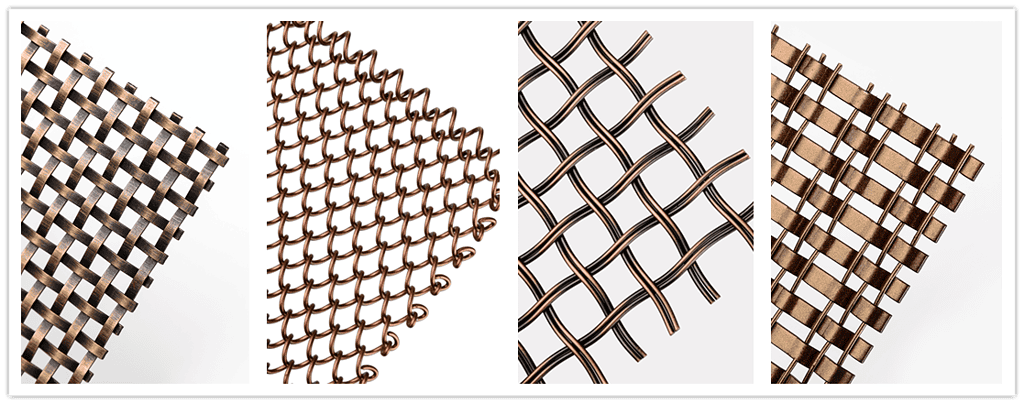
Versatility in Design
One of the key benefits of architectural mesh is its versatility in design. Unlike other materials that may be limited in terms of application, architectural mesh can be used in a wide range of exterior design elements, from façade cladding to railings and sunshades. This makes it an ideal material for projects that require a cohesive design aesthetic, as architectural mesh can be used throughout the entire exterior of a building.
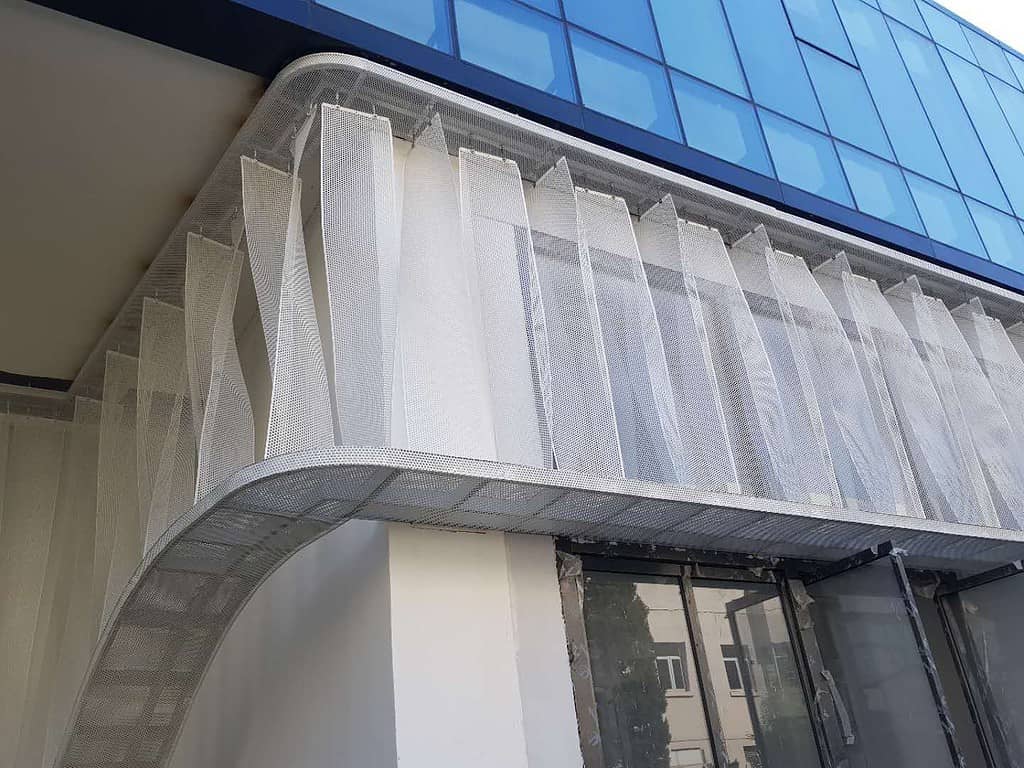
Improved Energy Efficiency
Architectural mesh can also be used to improve the energy efficiency of a building. When used as a sunshade, for example, it can help to reduce solar heat gain and lower cooling costs. Additionally, because it is typically made from reflective materials, it can also help to reflect light and reduce the amount of artificial lighting required during the day.
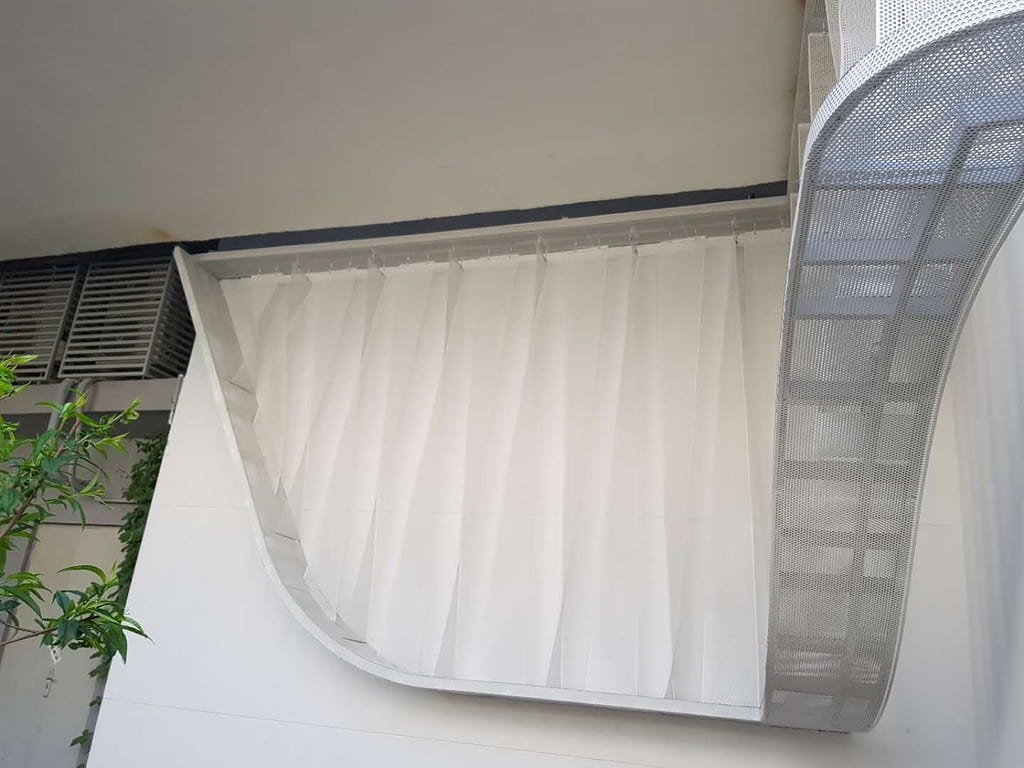
Enhanced Security and Safety
Another benefit of architectural mesh is its ability to enhance security and safety in exterior design. When used as a railing or barrier, it can provide a durable and reliable safety feature that is also aesthetically pleasing. Additionally, because it is made from metal, it can also provide added security, making it difficult for intruders to gain access to a building.
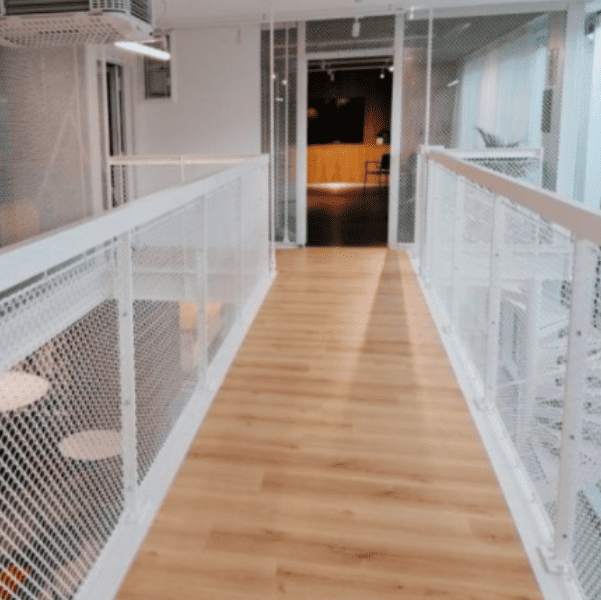
Aesthetic Appeal
In addition to its practical benefits, architectural mesh also offers significant aesthetic appeal. With its intricate patterns and textures, it can add visual interest and dimension to an exterior design, creating a unique and eye-catching look. Additionally, because it can be customized in terms of finish and color, it can be used to complement or contrast with other design elements, further enhancing its visual impact.
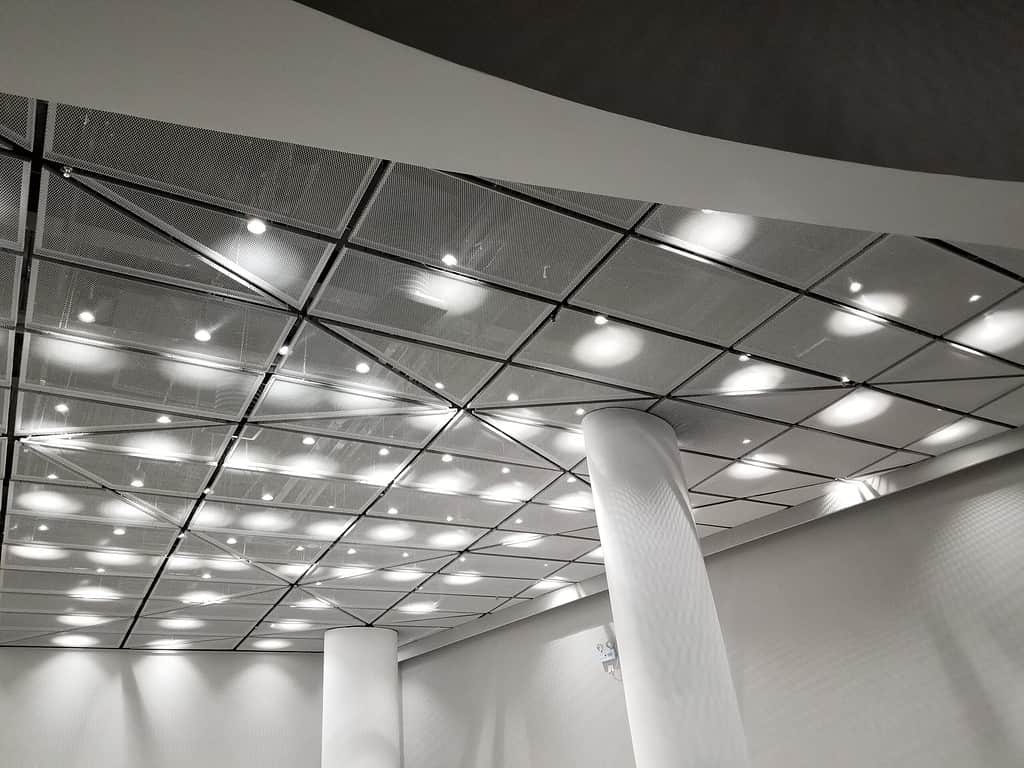
Durability and Longevity
Architectural mesh is also highly durable and long-lasting, making it an ideal material for exterior design applications. Because it is made from metal, it is resistant to weathering and corrosion, and can withstand exposure to harsh environmental conditions without deteriorating or losing its aesthetic appeal.

Cost-Effective
Despite its many benefits, architectural mesh is also a cost-effective option for exterior design. Because it is highly durable and long-lasting, it requires minimal maintenance over its lifespan, reducing ongoing maintenance costs. Additionally, because it can be customized to meet the specific needs of a project, it can also help to minimize material waste and reduce overall project costs.

Eco-Friendly
Finally, architectural mesh is also an eco-friendly option for exterior design. Because it is made from metal, it is highly recyclable, and can be reused or repurposed at the end of its lifespan. Additionally, because it can be used to improve energy efficiency and reduce reliance on artificial lighting, it can also help to lower a building's overall carbon footprint.
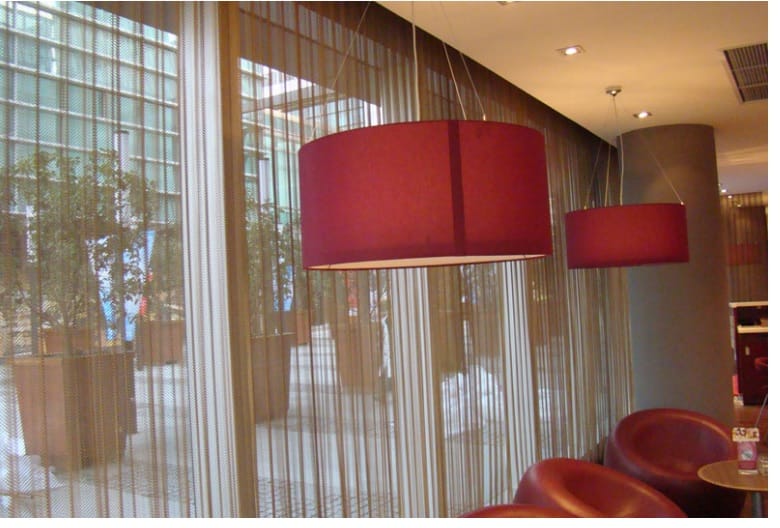
Conclusion
Incorporating architectural mesh into exterior design offers a range of benefits, from its versatility and aesthetic appeal to its durability and cost-effectiveness. By choosing this innovative material, architects and designers can create stunning.

